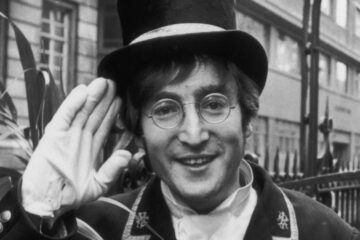The Beatles have achieved legendary status in music since their Liverpool beginnings over six decades ago. Their impact on numerous major artists is widely acknowledged, making them a cultural touchstone for most. However, despite their monumental influence, it prompts curiosity about who inspired the Fab Four themselves.
The band emerged under Brian Epstein’s guidance as a well-formed entity, blending the energetic rock ‘n’ roll spirit with a refined approach. Their unique amalgamation owed much to their forerunners, many of whom they acknowledged as significant influences on their journey.
Throughout their evolution, The Beatles continually embraced new musical inspirations. This not only reflected their musical prowess but also highlighted their commitment to songwriting. Despite their global dominance, they remained open to the influence of their peers, seeking ways to enhance their distinctive sound.
Despite the recognition given to Paul McCartney and John Lennon for their lyrical contributions, George Harrison found himself somewhat sidelined. Ringo Starr’s flexible nature allowed him to navigate between different facets of the band, leaving Harrison seeking avenues for his creative expression. Whether seeking inspiration from Bob Dylan, Eric Clapton, or Roger McGuinn, The Beatles found solace and guidance in various artists.
In Harrison’s case, he openly acknowledged drawing inspiration from Roger McGuinn and The Byrds, notably lifting the riff from ‘The Bells of Rhymney’ for the Rubber Soul track ‘If I Needed Someone’. Although ethically contentious, it undeniably showcased admiration for their artistry. During a shared studio session, The Byrds crossed paths with the relatively unknown Indian musician Ravi Shankar, whose influence would significantly shape The Beatles’ musical direction.
Shankar, renowned for his collaborations with Western musicians like The Beatles, played a pivotal role in introducing the intricacies and elegance of classical Indian music to a global audience. While Shankar’s contributions were profound, his association with Harrison undeniably widened Harrison’s artistic horizons.
In the 1950s, Shankar embarked on tours, captivating audiences with the soulful resonance of the sitar. His determination to showcase Indian music to the world led him to travel extensively, spanning the Soviet Union, Western Europe, and the United States. His distinctive attire and traditional sounds may have stirred quite a reception during that era. However, in 1966, everything changed when Harrison embarked on a spiritual quest at the zenith of his fame in search of inner harmony.




